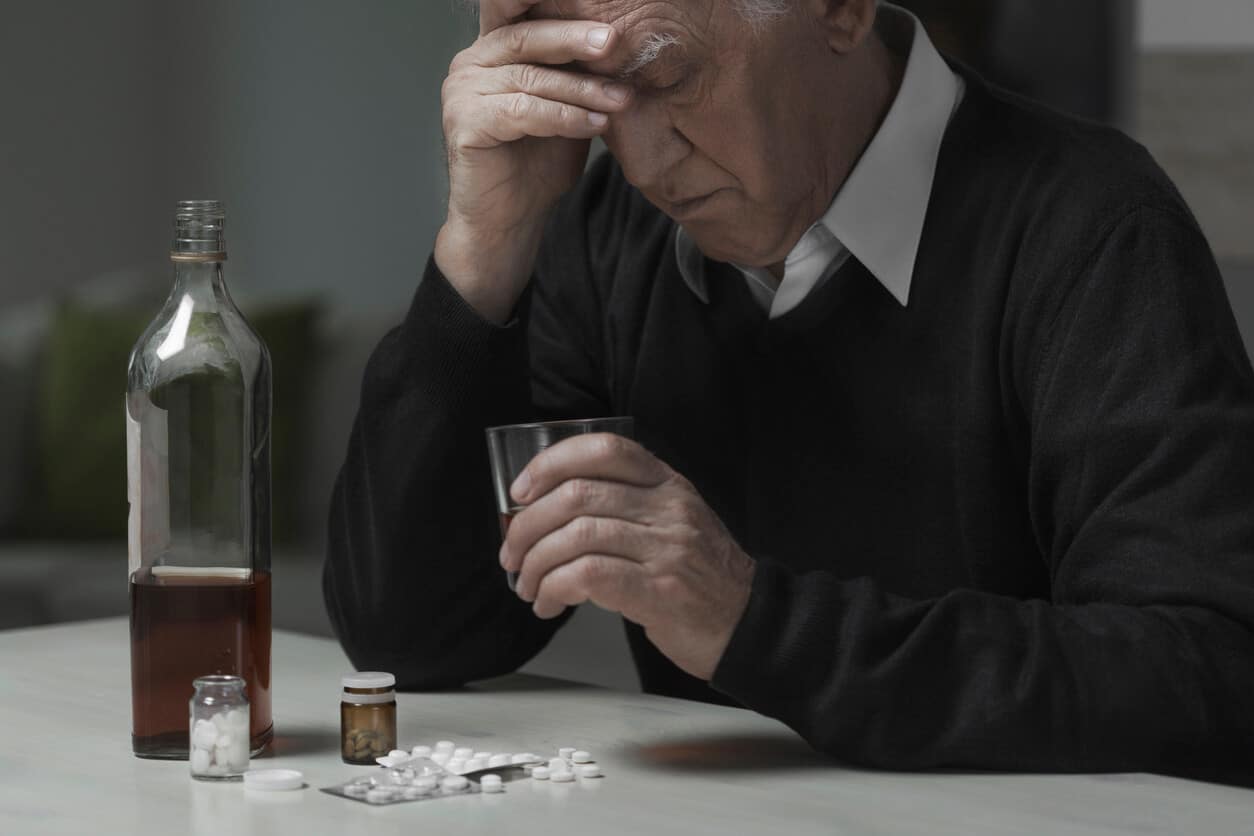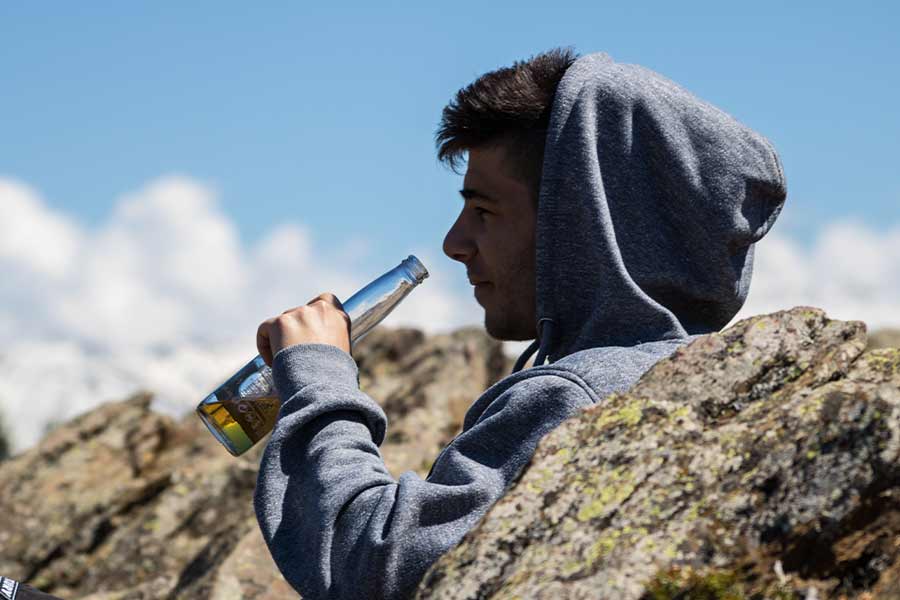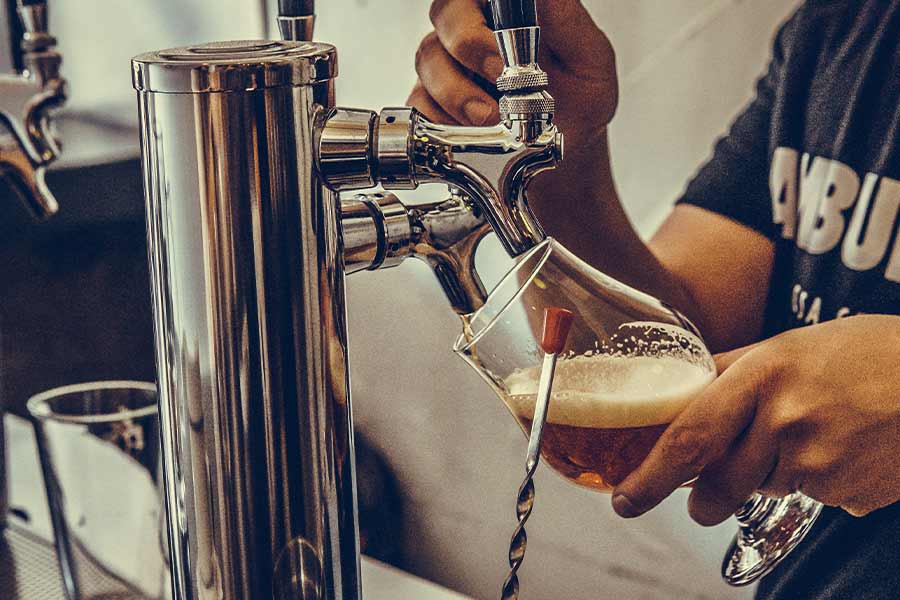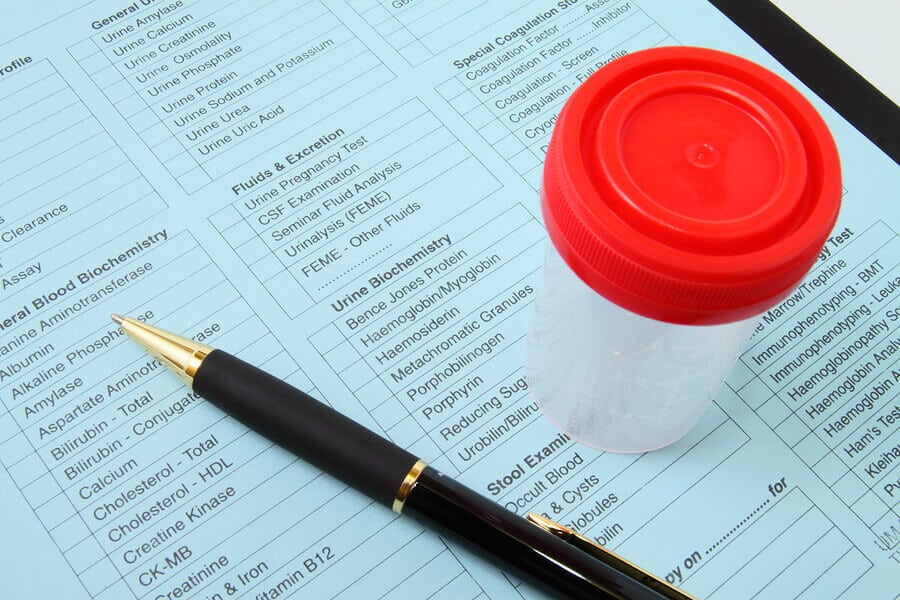
Do you know someone who recently got sober after living an addictive lifestyle for many years? Maybe, you know someone who has been sober for a long time, but they are struggling to stay sober? Either way, it would be a good idea for you to learn some tips for helping them with their sobriety. Learn about 5 of the best things you can do to help your loved one or friend from here on out.
If you have a loved one or friend who wants to get sober, don’t hesitate to help them get in touch with the professionals here at Harmony Stuart Treatment and Wellness Center.
1.Acceptance is Key
If your friend or loved one was living an addictive lifestyle, but has gotten sober, they had to accept the fact they have an addiction. They aren’t able to consume any alcohol. Getting sober is difficult, but they have done it and are trying to maintain a sober lifestyle.
One of the best ways you can help your friend or loved one to stay sober is to accept their addiction for what it is – a health condition or a disease. It is just like someone who has heart disease or cancer. For example, people who have heart disease shouldn’t be eating foods that raise their blood pressure. Those who have cancer may need to stick to an immune-healthy diet and avoid foods that will worsen their symptoms. If your loved one or friend is living a sober lifestyle due to an alcohol addiction or alcohol use disorder, they can’t drink alcoholic beverages.
If you can accept this, it will be much easier for you to support their recovery.
2.Substance-Free Environment
Another tip for helping your friend or loved one to stay sober is to avoid drinking or bringing alcohol around them. If this person lives in your home, it would be supportive and helpful to ban alcohol from the home. You may even want to set some ground rules such as:
- No parties at the house
- Visitors are not allowed to bring alcohol in the home or be under the influence of alcohol
- Not discussions or talking about being drunk or about drinking
- Don’t take your loved one or friend places where alcohol is served
If you can keep alcohol out of the home and be sure you don’t bring alcohol around your loved one or friend, it could help them to stay sober.
3.Be That Lending Ear
People who are in recovery need to know that their loved ones and friends support their recovering lifestyle. They need to know they have people who will listen to their feelings and thoughts, as well. If you want to help your loved one or friend to stay sober, be the lending ear they need. Some of the best ways you can do this include:
- Answering the phone when they call
- Visiting with them regularly in case they need someone to talk to
- Call them on a set schedule to check in on how they are doing
- Let them guide the conversation
- Don’t respond until they are completely done talking
- Do your best not to judge
- Let them know you empathize with what they are going through
The more and better you listen to your loved one or friend, the more they are going to feel you are there to help them with their sobriety.
4.Encourage Better, Healthier Habits
When someone begins their sober lifestyle, they learn to replace addictive, negative habits with better, healthier ones. If your loved one or friend is now sober, do your best to encourage the new habits. Some of the habits that you may need to encourage or support include:
- Cooking and eating healthy foods
- New exercise or fitness programs/routines
- Journaling
- Meditation or yoga
- Having substance-free parties
- Going to sleep earlier
You should ask your loved one or friend what habits they are working on. After you know what habits they are developing, you can be there to support them with those habits.
5.Have Patience
If your friend or loved one is sober, it is crucial that you understand how difficult this new lifestyle can be for them. Sobriety is not a walk in the park. Whenever anyone overcomes an addictive lifestyle and abstains from alcohol or drugs, they need strength, will power and a lot of support to stay sober.
Knowing this, it is vital that you have patience with your loved one or friend. There might be days when they are on edge, overwhelmed or even agitated. Do your best to be supportive and understanding. The more patience you can have with them, the better it will be for their sobriety.
Support Your Loved One or Friend with Sobriety Today
You now know the best ways to help someone stay sober.
Do you have a friend or loved one that wants to get sober? If so, have them contact us today, here at Harmony Stuart Treatment and Wellness Center to get into an alcohol addiction treatment program.










